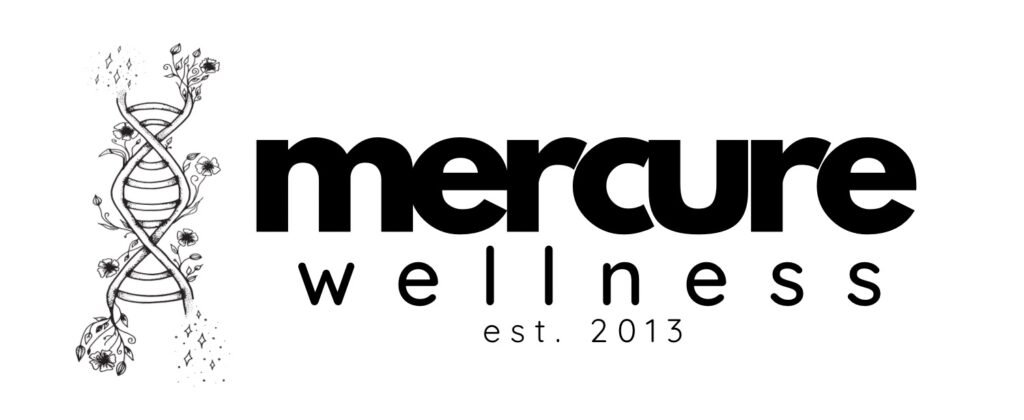The produce section is a scandalous web of deceit. You might feel good picking out the brightest and freshest looking fruits and veggies, but you need to know a few things to get out of there alive (I’ve exaggerated the danger of the produce section to get you excited and vigilant).
First thing to look at is the PLU code. It’s a set of either 4 or 5 numbers on a sticker on the produce.
- 5-Digit Code starting with 9 means the produce is organically grown.
- 5-Digit Code starting with 8 is less commonly used, but it means GMO produce. (Genetically Modified Organisms)
- 4-Digit Code means the produce was grown using conventional pesticides and practices.
The PLU code doesn’t tell you about the amount or type of chemicals used on the produce; it just means it’s not organic. Don’t get it twisted, organic just means there are restrictions on synthetic pesticides and herbicides. They still spray the crops, but it’s with less harmful chemicals, so you still need to wash everything. Look for the USDA Organic Seal. It is a green and white circular logo that certifies that the produce meets USDA organic standards… which still aren’t perfect but are much better.
The Dirty Dozen (Highest Pesticide Residues) Try your best to buy these at Farmers’ markets, but all of these dirty birds MUST be washed, and water isn’t enough. You’ll want a fruit & veggie wash with Decyl glucoside which is a mild surfactant made from corn starch and coconut oil. It reduces surface tension between water and oils which helps remove dirt and residues on surfaces. It’s like soap for plants… that you can eat. If you combine Decyl glucoside with some safe plant extracts that act as solvents (lemon oil), that’s your best bet for cleaning these foods. (See below for my recommended Fruit & Veggie Wash)
- Strawberries – High pesticide residues, including neurotoxins. Their porous and soft texture makes it harder to remove pesticides. Worse, they absorb pesticides, which can’t be washed away. Only buy organic.
- Spinach – Leafy greens like spinach have a lot of surface area that traps pesticides in their nooks and crannies. Washing with water helps but not for all residues.
- Kale, Collard & Mustard Greens – Same issue as spinach but these can have DCPA (Dacthal), which is classified as a ‘possible human carcinogen’, meaning it can cause cancer, which is why it has been banned in Europe. But our FDA cares about us?… right?… right?
- Peaches – Fludioxonil was found on 90% of peaches that they tested and nearly 1/3 of all Dirty Dozen samples. Fludioxonil is an endocrine disruptor that can harm the male reproductive system. They found Pyrimethanil too. It is also common on pears, apples, grapes, strawberries, and nectarines. It is linked to thyroid disruption and sex hormone receptor blocking.
- Grapes – Their thin skin isn’t an effective barrier so it’s harder to remove all residues. High pesticide detection rates, including fungicides like pyrimethanil, have been found because it soaks in through the skin.
- Pears – High detection of pyrimethanil too.
- Nectarines – They made the list so wash em, then peel em.
- Apples – Peeling your apples helps, but some of the pesticides are absorbed into the fruit itself. Definitely wash them, but you’re still not in the clear. Buy organic.
- Bell & Hot Peppers – Can contain Organophosphates and Carbamates. These neurotoxic pesticides are also found on strawberries, spinach, and bell peppers. They are linked to neurological effects and are particularly concerning for children.
- Cherries – Similar to apples and pears in terms of pesticide penetration.
- Blueberries – Have shown an increase in pesticide residues in recent years.
- Green Beans – Can contain Acephate, a neurotoxic insecticide. Acephate was banned in 2011, but they STILL find it in green beans because these chemicals don’t break down so it’s in the soil. Plus, some farmers ignore the rules and it’s tough to enforce the ban internationally.
Which produce is safest? Most of these don’t need to be cleaned if you don’t eat the skin.
- Avocados – Less than 2% of samples show detectable pesticides. The thick skin provides a natural barrier that you don’t eat anyway.
- Sweet Corn – Very low pesticide residues, but some sweet corn can be GMO, so watch the labels. The husk acts as a natural protective layer, reducing the need for cleaning the kernel itself.
- Pineapple – Thick, inedible skin means very little pesticide makes it to the edible part.
- Onions – Very low pesticide residues because they have natural insect-repelling properties. Just peel off the outside layer.
- Papaya – The skin protects the fruit from pesticides, so don’t eat the skin.
- Sweet Peas (Frozen) – Many samples show zero detectable pesticides. Peas are usually shelled, which removes contaminants along with the shell.
- Asparagus – Contains an enzyme that breaks down certain pesticides. Very low residue.
- Honeydew Melon – The cafeteria classic. The rind protects the fruit inside.
- Kiwi – The fuzzy skin catches some pesticides, but this doesn’t affect the fruit’s flesh.
- Cabbage – Discarding the outer leaves reduces pesticide exposure.
- Watermelon – Thick rind protects it. Don’t eat the rind unless someone double-dog dares you; then you have to eat it. I get that.
- Mushrooms – Low in residues, but they can absorb dirty water. A light rinse is a good idea.
- Mangoes – The thick skin minimizes pesticide penetration.
- Sweet Potatoes: Skin can absorb some pesticides, but levels are low.
- Carrots: The carrot leaves might have higher residues; the carrot itself is usually low in pesticides.
Note: Glyphosate, a common herbicide, isn’t always tested for, so there might be residues that were not accounted for.
The best Fruit & Veggie Wash: https://bit.ly/LemonBasedVeggieWash
Contact me for discounts… (850) 312-3465



